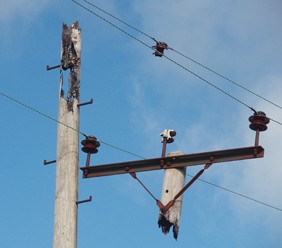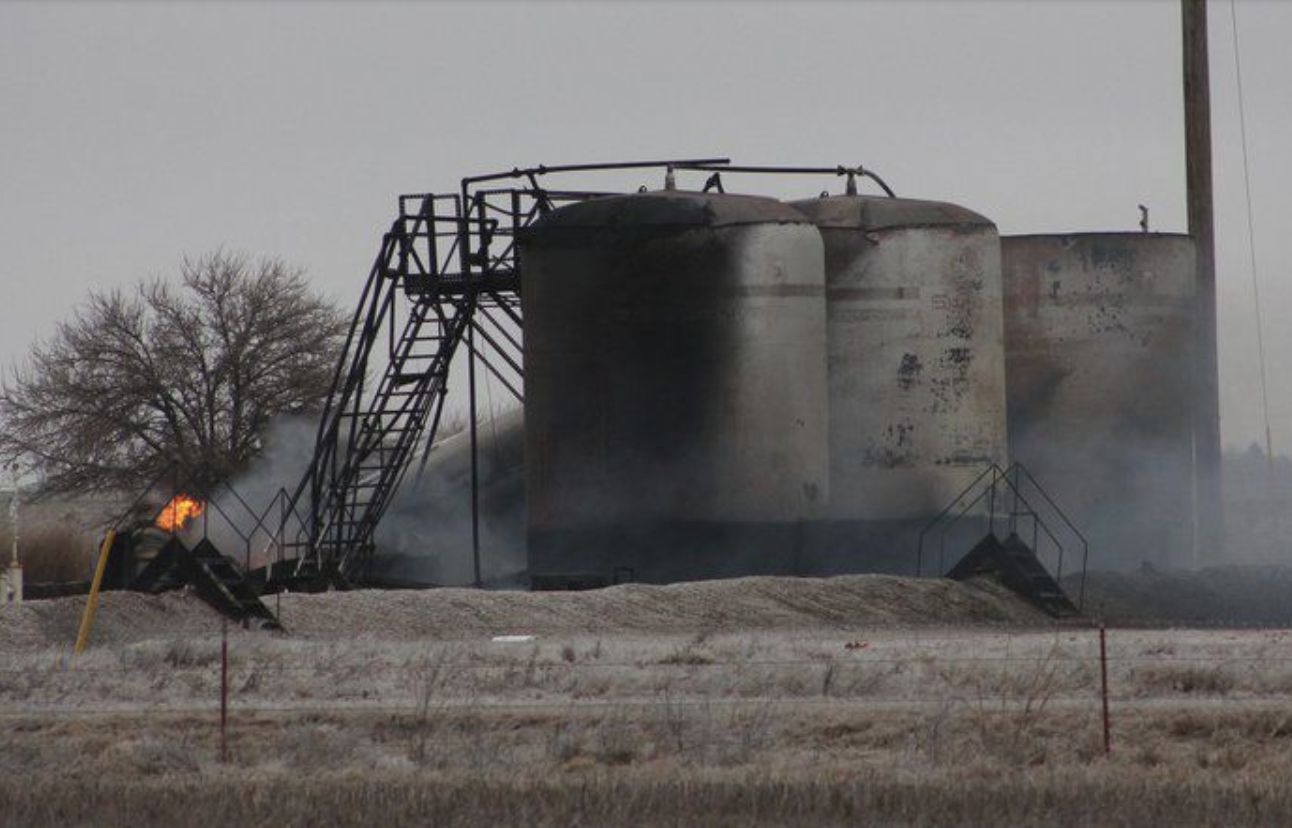- We Prevent Lightning Related Problems.
Manufacturing Plants Halt Production Due to Lightning Strikes
September 13, 2012Lightning Strikes 911 Call Center, Leaving Public in a Frenzy
September 27, 2012If it’s Broken, it Won’t Work: Checking your Lightning Protection System is Essential!

Ion Plasma Generator™
How well do you maintain your equipment? What steps do you take to ensure that it is working properly? Does your company ignore it and wait until something goes wrong? When it comes to lightning protection, equipment needs to be in good working order to be effective.
In recent months there has been a barrage of weather related and natural disaster events –Hurricane Isaac, earthquakes in Asia and California, severe storms, and even a couple tornadoes in New York City. Those have reminded us here at Lightning Eliminators & Consultants (LEC) just how important it is to check and recheck your equipment once the event has passed.
Hurricane Isaac, for instance, ended up being another very damaging storm for the Gulf of Mexico, where we have many customers use LEC systems to protect their oil and gas drilling, storage and salt-water disposal operations. By the evening of August 27, Isaac forced the shut down of approximately 78% of the Gulf’s crude oil production and 48% of its natural gas production.
Of course, once an event like Isaac or some other situation the emphasis turns to getting up and running as soon as possible. However, you can’t neglect taking a good look around to make sure the storm did not produce any lingering, unnoticed damage. Have you checked your lightning protection systems, and other equipment for that matter?
Good maintenance means you must inspect the system. There are several customers that after an event will call us and ask us to come out to inspect, and others who self-inspect and have ascertained that an incident has occurred and the system does in fact need repair.
There are also those who do not examine their solution and are shocked when a lightning strike actually hits them. Or, they are knocked off line, only to find that it was due to the equipment being damaged during a previous event. One customer did not realize that a mudslide had affected the positioning of their Chem-Rods™ grounding system, and on another occasion a tree had fallen on a Dissipation Array™ System (DAS™). These things happen all the time and rather than find out the hard way, it is better to check and make proactive reviewing a regular practice.
In addition, DAS users are required to have a recertification annually in order to validate their efficiency. If the recertification by Lightning Eliminators is not conducted, the No-Strike Warranty is no longer in place and there is no certainty that your system will function properly when needed.
LEC solutions for hard-to-maintain floating tank systems
While maintaining your LEC lightning protection equipment takes some time and effort, it is a welcome relief to many customers that use floating-roof storage tanks to store flammable products such as petroleum, natural gas and chemicals. The patented, award-winning LEC Retractable Grounding Assembly (RGA) is a solution that replaces some of the frequently damaged parts on floating roof tanks – metal shunts and wires installed as grounding solutions.
Shunts often break, and wires often tangle, and when that happens, floating roof tanks can actually become more vulnerable to fire from lightning. And, it does not even have to be a direct strike. When the grounding connection is compromised, even a nearby strike can cause the electrons on the roof of a tank to create a spark. With the challenges of improper grounding maintenance, and the fact that even nearby lightning poses a risk, it is no wonder many fires at floating roof tanks are lightning related. It is also another example why maintenance, and attention to potential risk, are essential.
While RGA systems require routine maintenance and inspection like any other piece of hardware, they are not easily compromised and require a fraction of the repair and replacement work seen with other systems.
Lightning Eliminators offers a host of services and is always happy to assist you with the maintaining your systems, but it is up to you to ensure their maintenance.


